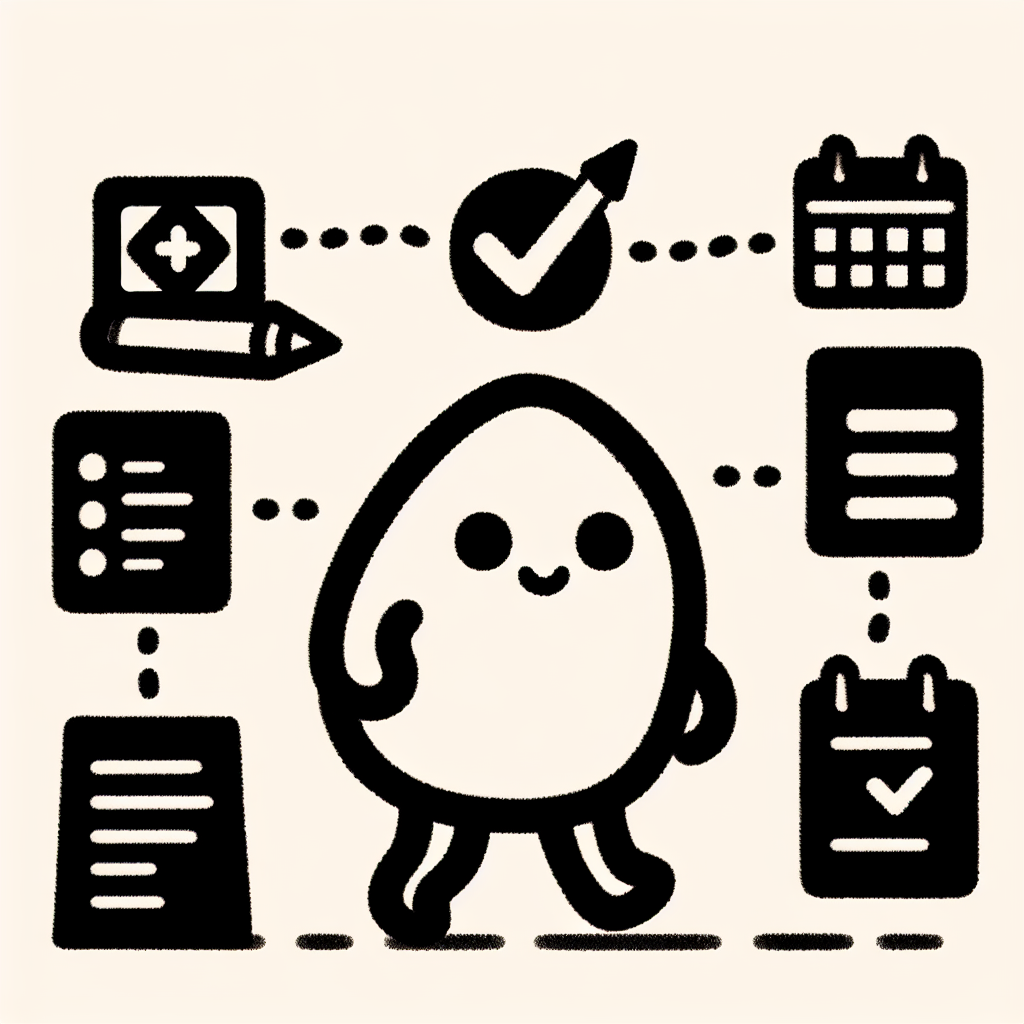Introduction
The college application process can feel overwhelming, especially with so many deadlines, requirements, and decisions to manage. However, with the right tools and a proactive timeline, students can confidently navigate each step. This college application checklist is designed to simplify the journey by breaking it down into manageable tasks over four years.
By integrating expert guidance and grade-specific planning, the checklist provides a clear roadmap from 9th grade through 12th grade. Whether you're exploring extracurriculars or finalizing your personal statement, this resource helps ensure nothing important is overlooked during the college admissions process.
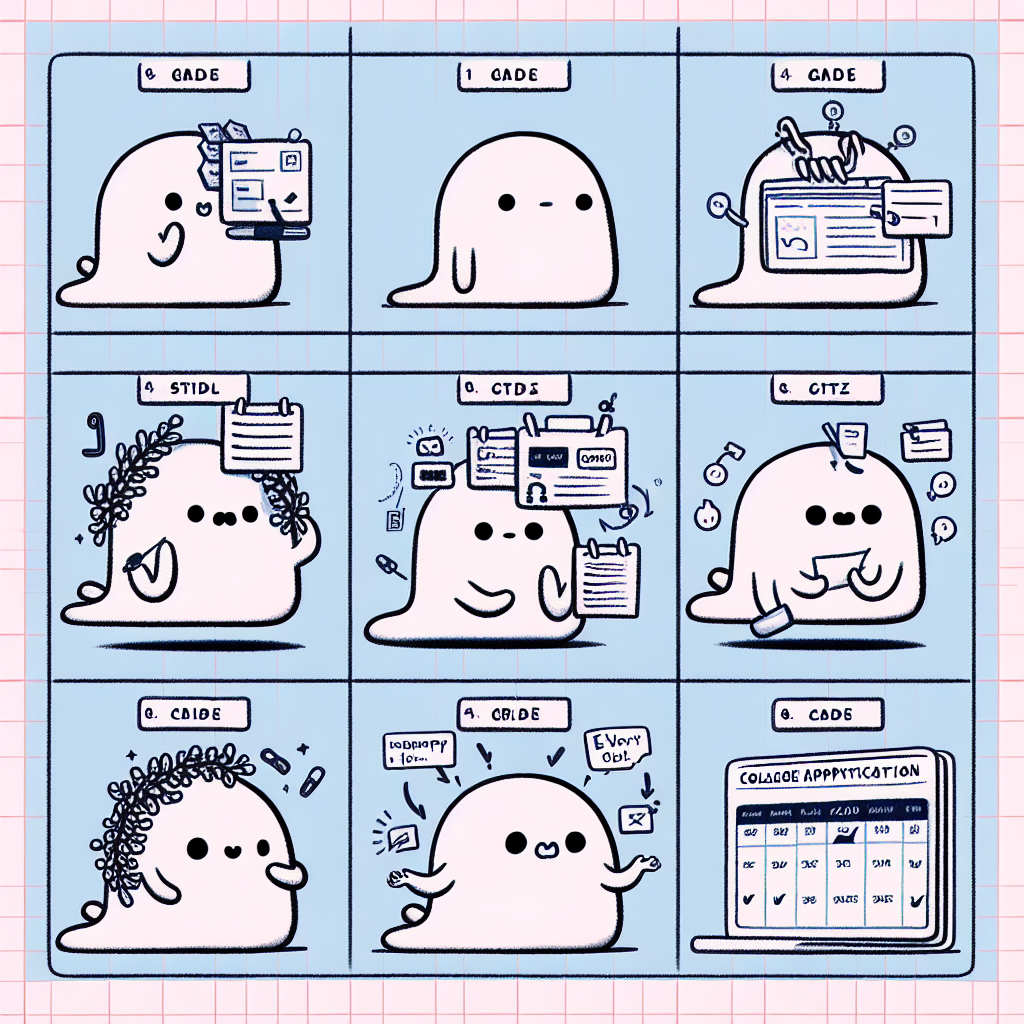
🧭 Overview of the College Application Journey
The college application checklist is a valuable tool to help students navigate the multi-year process of applying to college. Early planning and consistent effort across all four years of high school are essential to building a strong application.
Importance of Early Planning and Sustained Effort
Beginning as early as freshman year, students should focus on academic performance, extracurricular involvement, and personal development. These early steps lay the groundwork for a competitive application. Waiting until senior year to start planning can lead to missed opportunities and increased stress.
Key Milestones from Freshman to Senior Year
- Freshman Year: Focus on strong grades, explore interests through clubs or sports, and begin building relationships with teachers.
- Sophomore Year: Continue academic progress, consider taking the PSAT, and explore potential career paths.
- Junior Year: Take standardized tests (SAT or ACT), research colleges, and visit campuses. Start thinking about essay topics and gather information on financial aid.
- Senior Year: Finalize college list, complete applications, submit essays, request letters of recommendation, and apply for financial aid and scholarships.
Common Components of a College Application
A comprehensive college application checklist includes the following elements:
- Academic Transcripts: Official records of courses taken and grades earned throughout high school.
- Standardized Test Scores: SAT, ACT, or other required test scores, if applicable.
- Personal Statements and Essays: Written responses that reflect a student’s personality, goals, and experiences.
- Letters of Recommendation: Typically from teachers or counselors who know the student well.
- Application Forms and Fees: Each college requires specific forms and a submission fee, unless waived.
- Financial Aid and Scholarships: Applications like the FAFSA, CSS Profile, and individual scholarship forms are critical for securing funding.
Staying organized and starting early can make the college application checklist more manageable and less overwhelming.
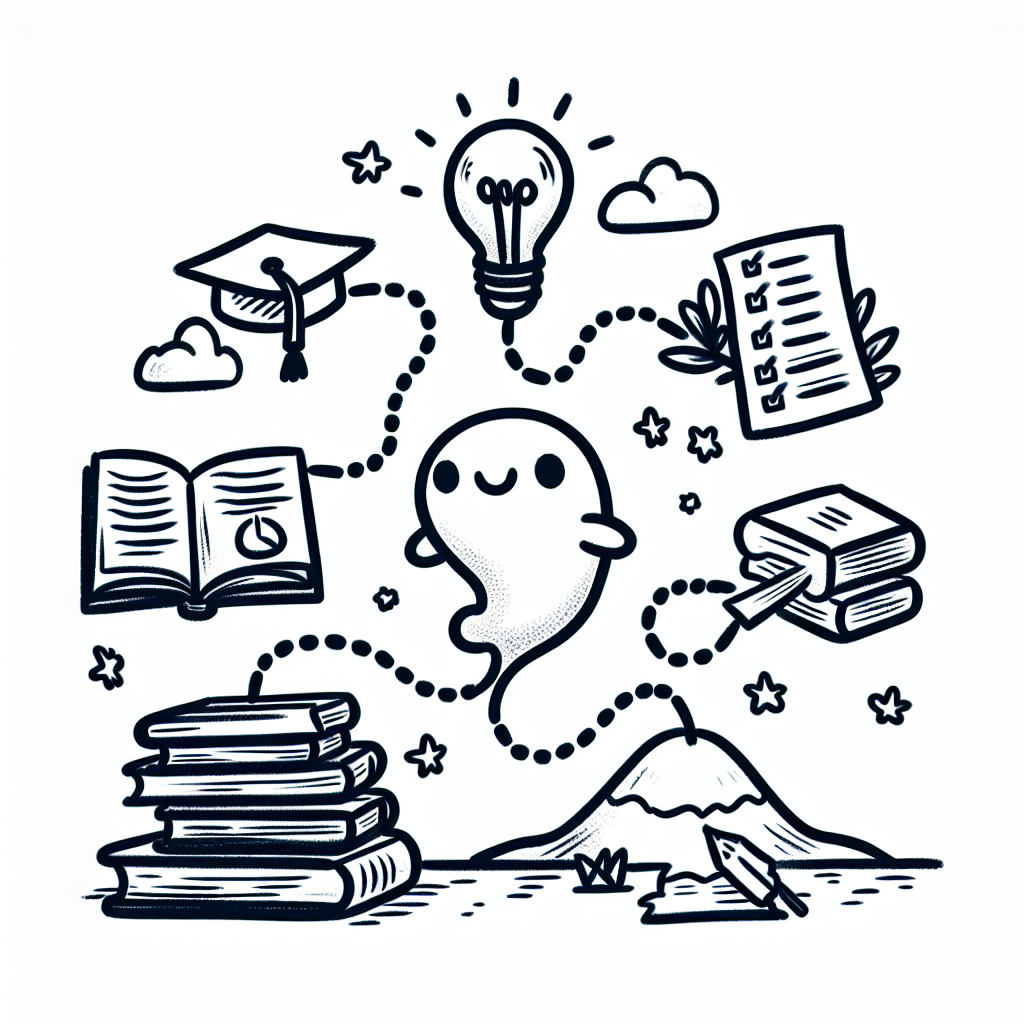
📅 Grade-by-Grade College Preparation Checklists
🏫 9th Grade: Building Foundations
- Academic Focus
Begin your college application checklist by meeting with your counselor to map out a four-year academic plan. Enroll in college-prep courses such as honors, Advanced Placement (AP), or International Baccalaureate (IB) to establish a strong academic foundation. - Extracurricular Involvement
Join school clubs, sports teams, or community organizations. Start tracking your volunteer work and any leadership roles to build a well-rounded profile. - College Awareness
Visit local colleges or participate in virtual campus tours to get a sense of different environments. Create a college prep folder to store report cards, awards, and other important documents.
📌 Refer to: UC Berkeley CEP College Checklists
🏫 10th Grade: Career Exploration and Academic Growth
- Academic Progression
Continue with challenging classes to stay on track with your college application checklist. Look into the PSAT/NMSQT and consider taking it for early testing practice. - Career Planning
Start exploring career interests through interest inventories and attend career fairs or job shadowing opportunities. - Extracurricular Depth
Deepen your involvement in extracurriculars by taking on leadership roles or trying new activities that align with your interests.
📌 Refer to: University of Wisconsin Resources
🏫 11th Grade: College and Test Prep Intensive
- Standardized Testing
Take the PSAT/NMSQT for possible National Merit recognition. Register and begin preparing for the SAT or ACT, depending on your college goals. - College Research
Create a preliminary list of colleges that match your interests and goals. Attend college fairs, open houses, and begin researching application requirements like deadlines and decision types. - Extracurricular and Academic Enhancement
Continue building your resume with meaningful experiences. Seek out summer programs or internships that align with your academic and career goals.
📌 Refer to: University of Pennsylvania Search Guides
🏫 12th Grade: Applying and Deciding
- Fall (August–December)
Finalize your college list and keep track of application deadlines as part of your college application checklist. Complete applications like the Common App or UC App, request recommendation letters, and write strong personal essays. Submit your standardized test scores if required, and apply Early Action or Early Decision if applicable. - Winter (January–March)
Submit the FAFSA and CSS Profile to apply for financial aid. Look for scholarships and grants. Monitor your application portals for updates or additional requirements. - Spring (April–June)
Review acceptance letters and financial aid offers. Make your final college choice and submit your enrollment deposit. Notify the other colleges of your decision.
📌 Refer to: University of Cincinnati Application Checklist

🛠️ Essential Tools and Resources
Using the right tools can streamline the college application process and ensure nothing falls through the cracks. A well-organized college application checklist should include resources that help students stay on top of deadlines, keep track of required materials, and make informed decisions about where to apply.
Planning Worksheets & Trackers
Planning worksheets and trackers are essential for managing the many moving parts of the college application process. Students can use these tools to document important deadlines for each application, such as submission dates, financial aid forms, and test score reporting. Task lists help break down the application into manageable steps, from writing personal statements to submitting transcripts. Keeping a separate college application checklist for each school ensures that specific requirements are not overlooked.
Trackers can also help monitor the status of recommendation letters and scholarship applications. Recording when requests are made and when letters are received can prevent last-minute surprises. Similarly, listing scholarship deadlines alongside college application tasks helps prioritize time effectively.
College List Development
Developing a strong college list is a strategic part of the application process. Students should categorize potential schools into Reach, Match, and Safety categories based on their academic profile. This structured approach increases the likelihood of acceptance while offering a range of options.
Thorough research is key to creating a balanced list. Students should examine each school's campus culture, available majors, and financial aid offerings. Resources like the University of New Hampshire ETS College List Creation can guide students through this process by offering detailed advice on how to evaluate and organize their choices effectively.
Using these essential tools and resources as part of your college application checklist can greatly reduce stress and improve the overall quality of your applications.
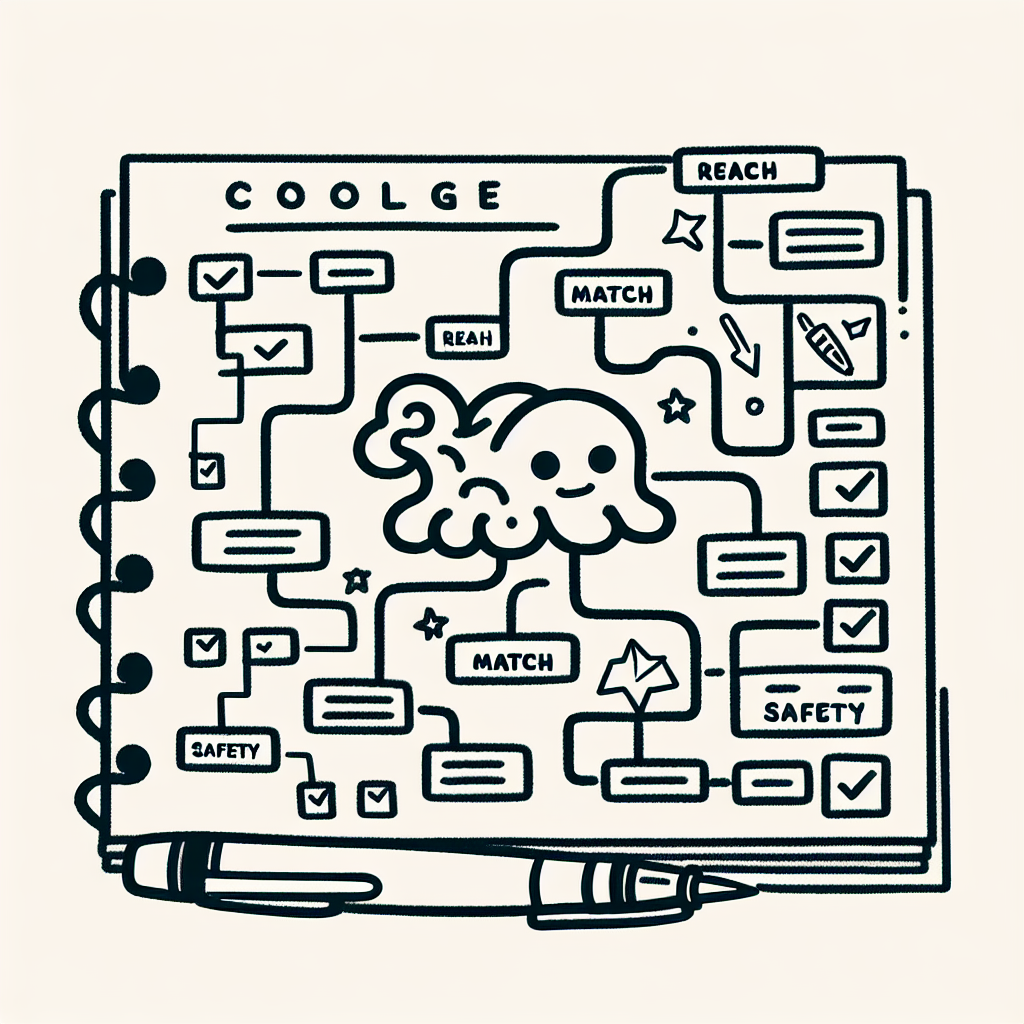
💡 Pro Tips for a Successful Application Journey
Following a thorough college application checklist is essential, but success also comes from smart strategies that go beyond the basics. Here are pro tips to help you navigate the process more effectively:
- Start early and stay organized: Begin preparing your materials well in advance. This gives you time to revise essays, request recommendations, and gather necessary documents without rushing.
- Regularly communicate with counselors and mentors: Keep in touch with your school counselor and trusted mentors. They can offer guidance, feedback, and reminders throughout the college application checklist.
- Use a calendar to manage key dates and deadlines: Maintain a dedicated calendar for application-related tasks, including test dates, application deadlines, and scholarship opportunities. Staying on top of these dates helps avoid last-minute stress.
- Be authentic and reflective in personal statements: Use your essays to genuinely reflect who you are. Admissions officers value honesty and self-awareness over overly polished or generic responses.
- Balance academics with meaningful extracurriculars: Colleges look for well-rounded applicants. Staying focused on academics while engaging in activities that genuinely interest you can help strengthen your profile.
Integrating these strategies into your college application checklist can lead to a more confident and successful application experience.
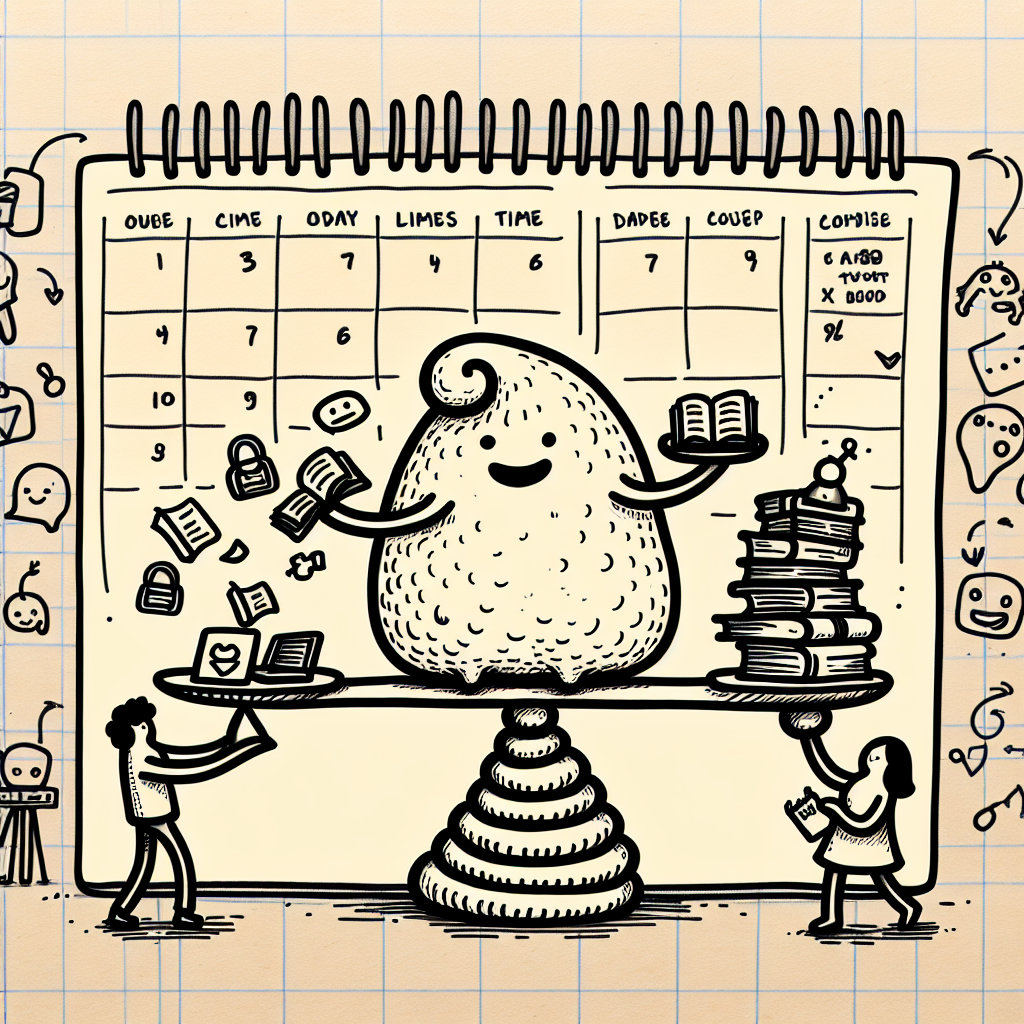
📚 Cited Resources
The following resources provide valuable tools and guidance for students navigating the college application checklist:
- UC Berkeley CEP College Checklists: Offers comprehensive checklists and planning tools for high school students preparing for college.
- University of Pennsylvania Search Guides: Helps students refine their college search and understand what to look for in a prospective school.
- University of Wisconsin Resources: Provides a variety of application-related materials including timelines, financial aid tips, and essay writing advice.
- University of Cincinnati College Application Checklist: A detailed college application checklist covering everything from standardized tests to letters of recommendation.
- University of New Hampshire ETS College List Creation: Guides students through the process of building a well-rounded college list as part of their overall application strategy.
These references serve as essential tools to help students stay organized and thorough when working through their college application checklist.

Conclusion
With thoughtful planning and the right resources, students can turn the complex college application process into a manageable—and even exciting—journey. The college application checklist serves as a roadmap to stay organized, meet important deadlines, and present the strongest possible application. By following each step and staying proactive, students can move forward with confidence and clarity throughout the process.
